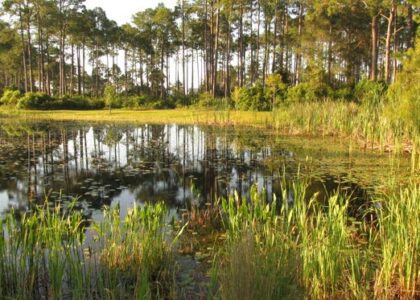Welcome to Majestic Mount Pisgah, a captivating landmark nestled within the Blue Ridge Mountains of North Carolina. While the exact founding details of Mount Pisgah are obscured by the mists of time, its name and significance have left a distinct mark on history and culture. Mount Pisgah derives its name from the biblical mountain where Moses was granted a view of the Promised Land, symbolizing revelation and discovery. This mountain, rising to 5,721 feet, has been a significant point of reference for explorers, settlers, and travelers throughout the centuries.
In the late 19th century, Mount Pisgah became known for its connection to George Washington Vanderbilt II, the wealthy American heir who established the Biltmore Estate. Vanderbilt purchased a vast area of land surrounding the mountain, which eventually became part of the Pisgah National Forest. This development played a crucial role in conservation efforts, heralding the birth of sustainable forestry practices in the United States.
As you explore this area, you may be interested to know about the construction of the Mount Pisgah Inn in the early 20th century, which remains a popular stop for those seeking breathtaking views and a serene retreat. The Blue Ridge Parkway, a scenic highway completed in the 1960s, winds near Mount Pisgah, offering stunning vistas and access to the rich biodiversity of the Appalachian region.
Mount Pisgah has been a silent witness to the evolution of the region’s cultural and ecological narrative. It played a part in the broader historical context of American conservation, influencing policies that prioritized the preservation of natural landscapes for future generations.
While you’re here, imagine the footsteps of those who traveled these paths long before paved roads and modern amenities, and appreciate the enduring beauty and significance of this remarkable mountain.






